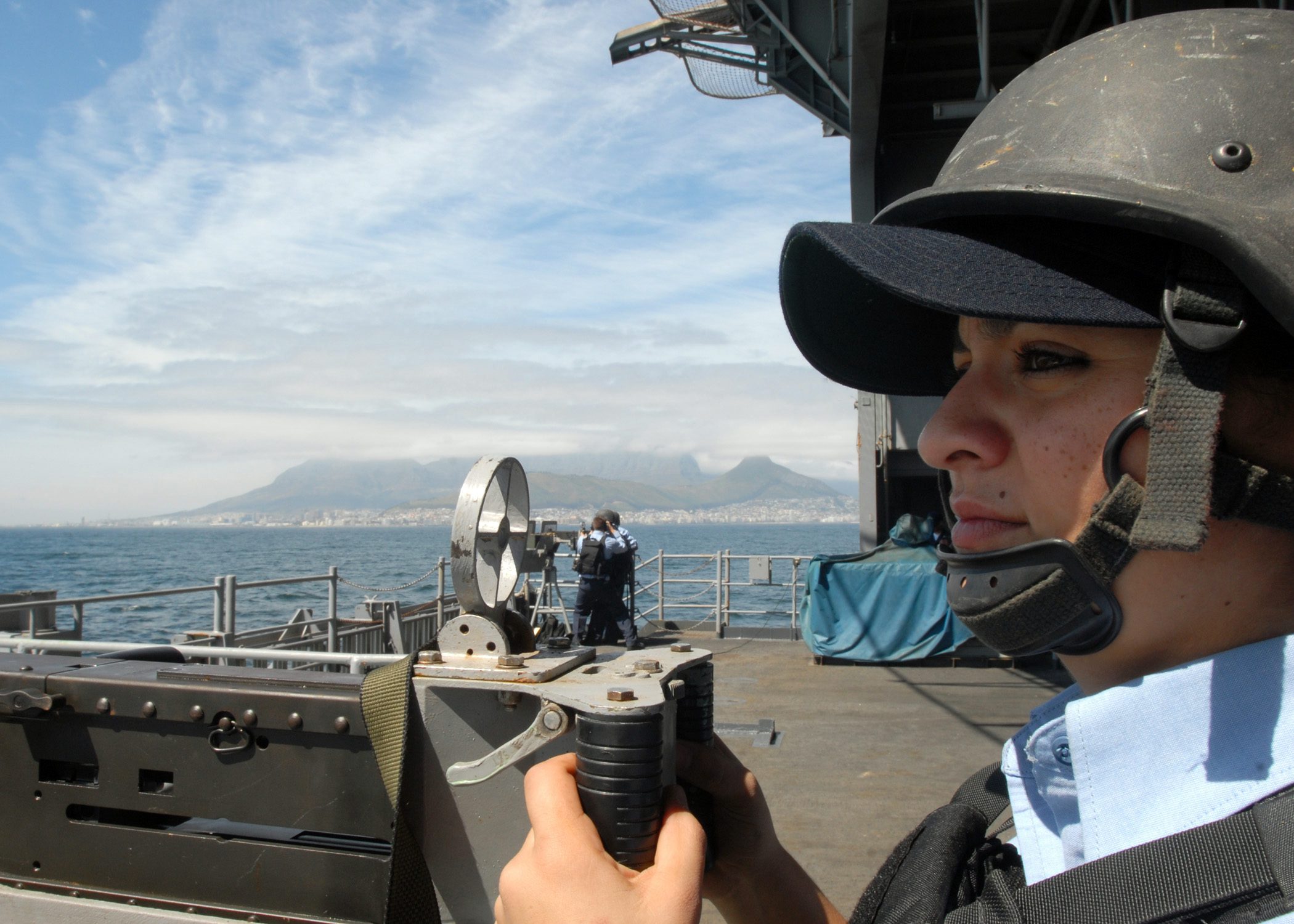| Customer |
U.S. Navy; Northrop Grumman Corporation (NGC) |
| Users |
U.S. Naval gun crews |
| Need |
Bringing an entire team together to train is a logistical challenge. Fortunately, artificial intelligence makes possible training systems that use intelligent, automated role-players to support team-training exercises. Although such systems are designed for human participants, they incorporate intelligent agents (IAs) to play certain team roles, as stand-ins for a few human team players, making it possible to train a team with only the key members being present. Stottler Henke, in collaboration with Northrop Grumman, developed for the U.S. Navy the Advanced Reconfigurable-Naval Surface Fire Support Trainer (AR-NSFST), a PORTS-based team training simulation for instilling teamwork skills in Navy shipboard gun crews. Stottler Henke was responsible for creating the intelligent agent component of this trainer. Creating speech recognition and developing agents that are realistically intelligent, however, poses unique challenges, which Stottler Henke overcame by leveraging COTS tools for speech recognition and its own intelligent behavior authoring tool framework, SimBionic. The successful development and U.S. Navy adoption of the AR-NSFST trainer was an important contributor to Stottler Henke receiving the 2014 Northop Grumman Information Systems (NGIS) Sector Supplier Excellence Award for developing advanced simulation-based training systems for the U.S. Navy. |
| Solution |
In the AR-NSFST, as intelligent agents interact with humans in the team exercise, the speech recognizer component interprets utterances by human team players and passes on relevant messages to the IAs, which then respond appropriately and intelligently.The behaviors of the IAs are modeled as finite-state machines using Stottler Henke’s SimBionic tool. For example, one of the IAs models the behavior of a Spotter in a call for fire sequence. During a typical call for fire scenario, a point will arise where the Spotter directs the team to make adjustments to the guns based on a previous shot. One of the ARP behaviors, SpotterAdjust, handles these adjustments.In the SpotterAdjust behavior, the system first waits for the back end system to report that an adjustment is necessary (not within target success range). Then it checks to see if special handling is needed due to the current scenario type, e.g., coordinated illumination. After special handling is performed, the adjustment data is read in from the back end Guns model and delivered to the Ship via a text-to-speech interface. The Spotter waits for the Ship to confirm this information and then moves the ARP behavior back into a waiting state for whether an adjustment is necessary on a future shot. The Ship goes on to fire based on the adjustment data given by the Spotter behavior. |
| Status |
The AR-NSFST trainer is currently in use at the Expeditionary Warfare Training Group Atlantic base in Norfolk, VA for certifying/recertifying gun crews on Atlantic ships. |
